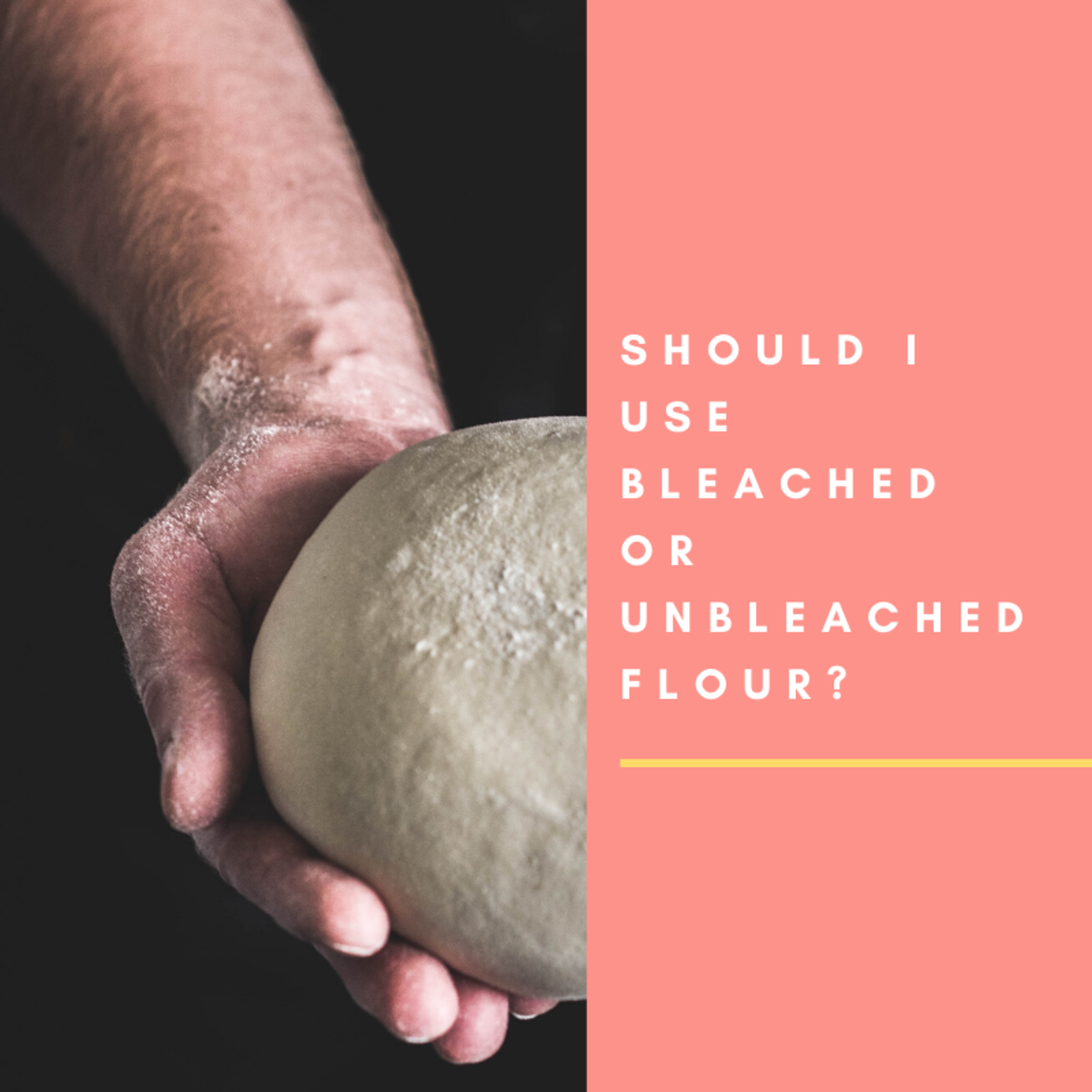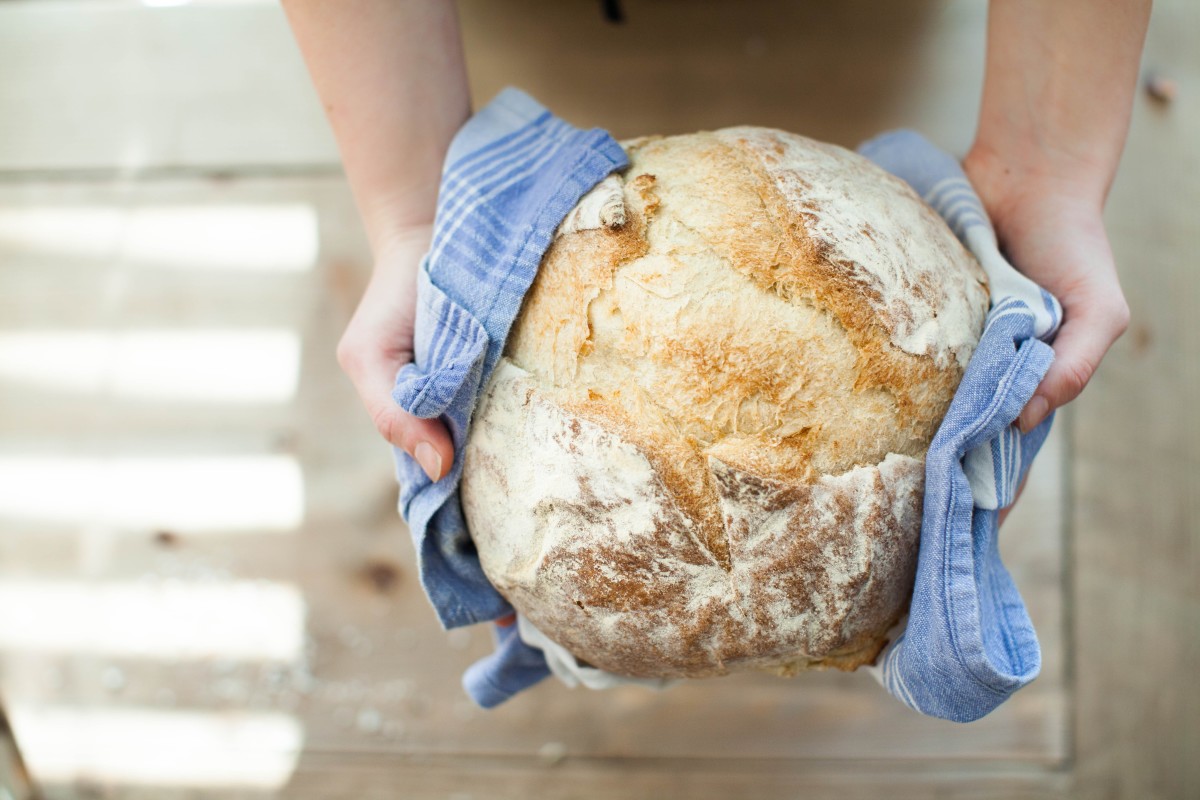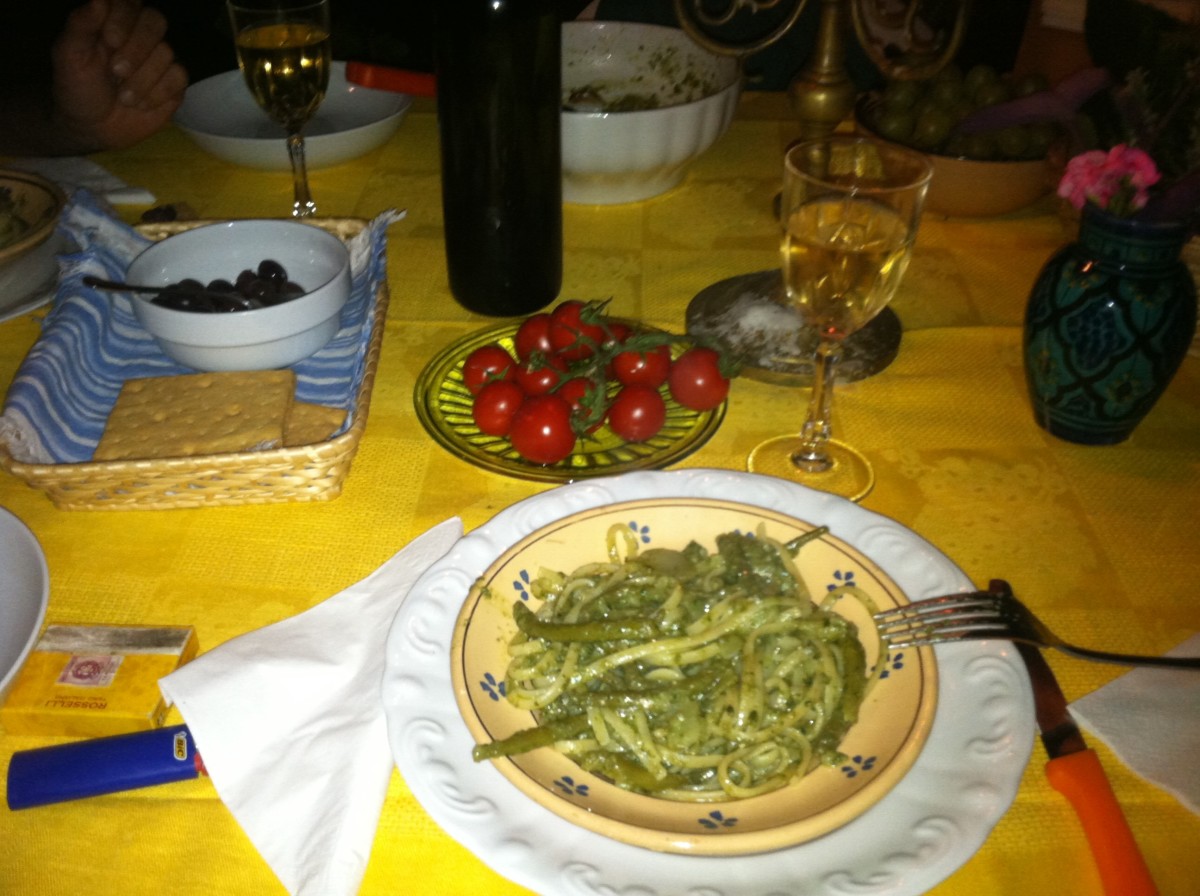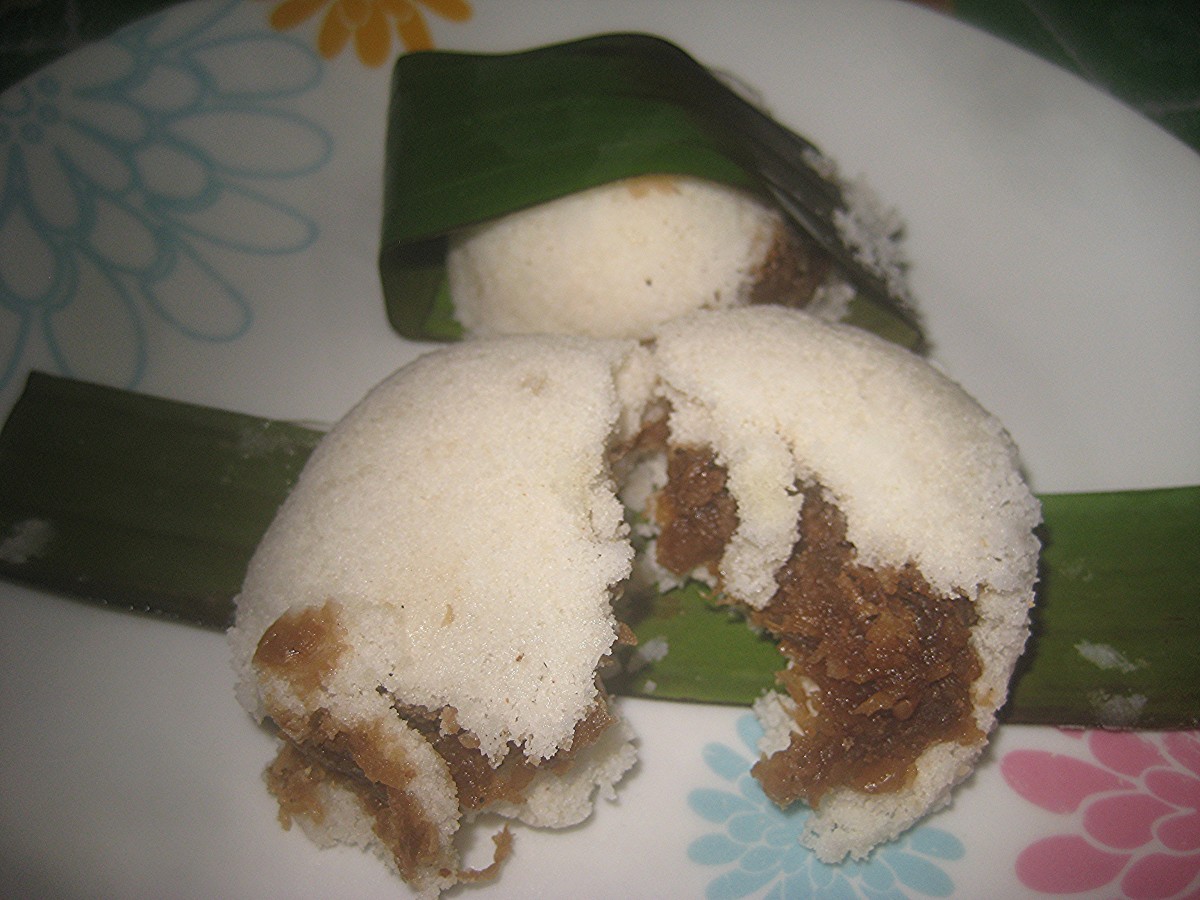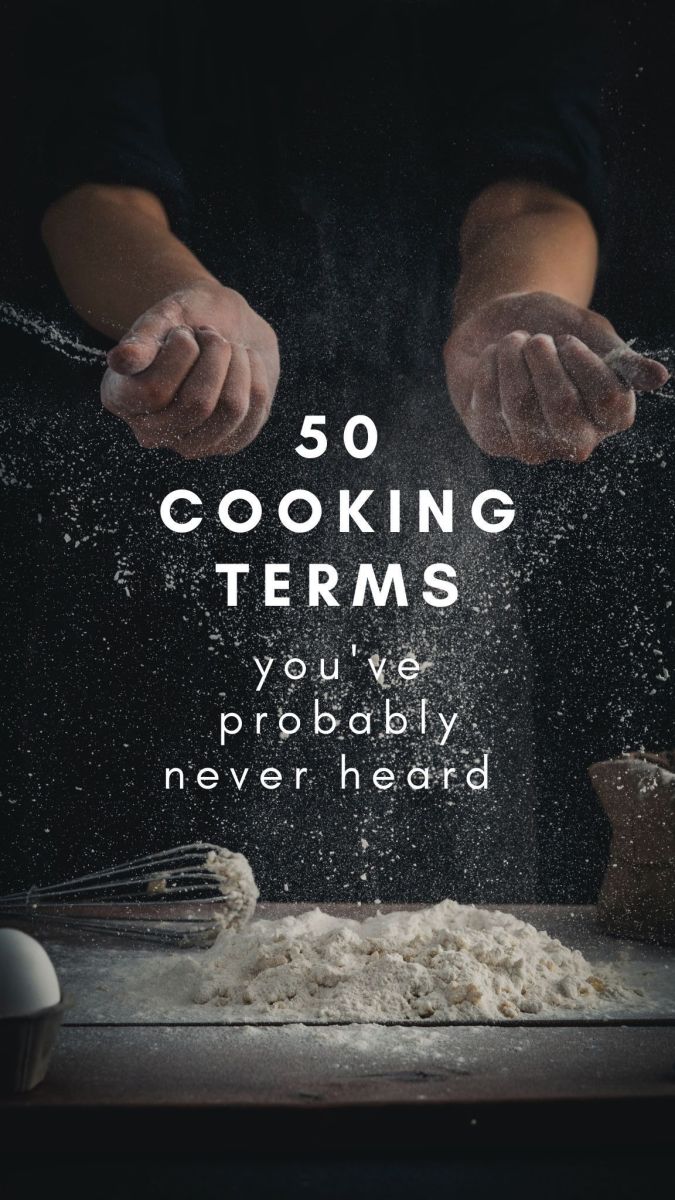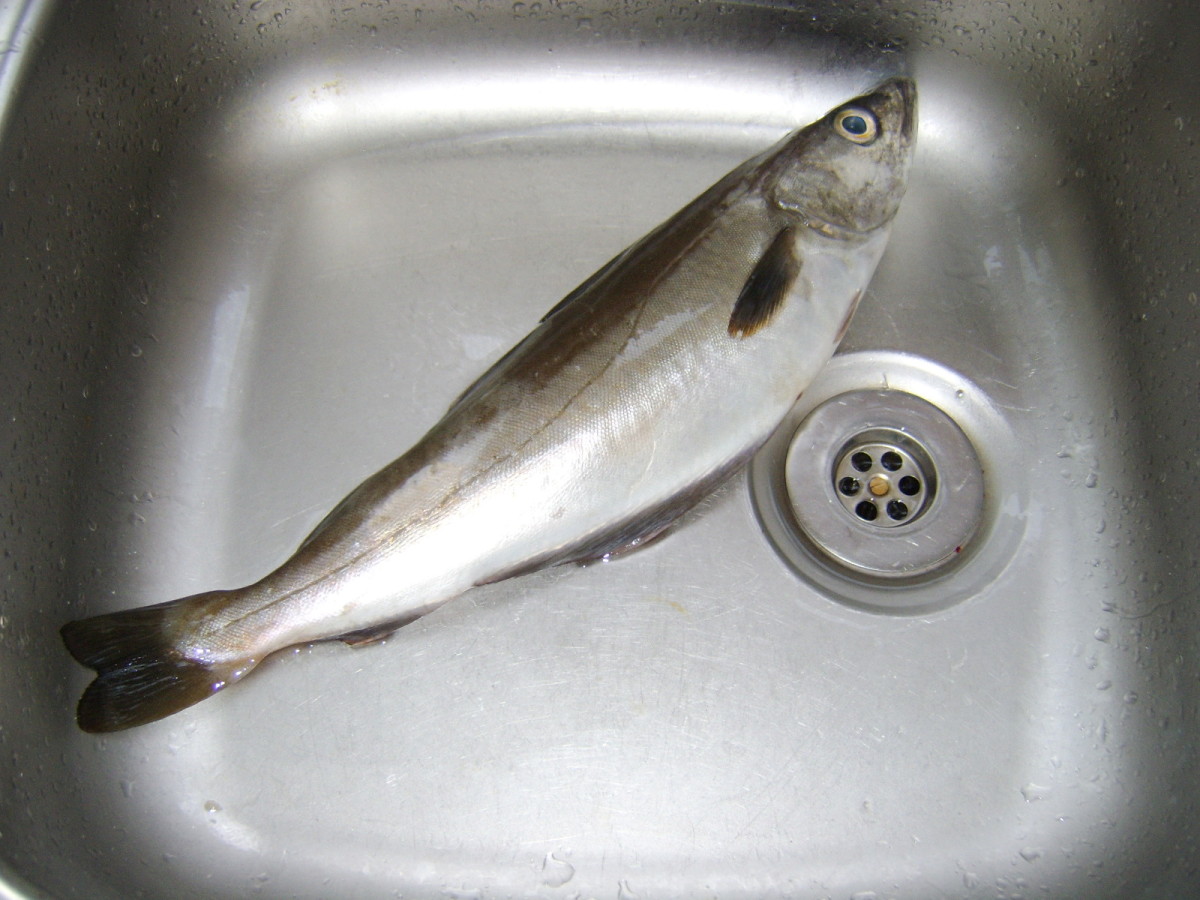Ask Carb Diva: Questions & Answers About Foods, Recipes & Cooking, #5
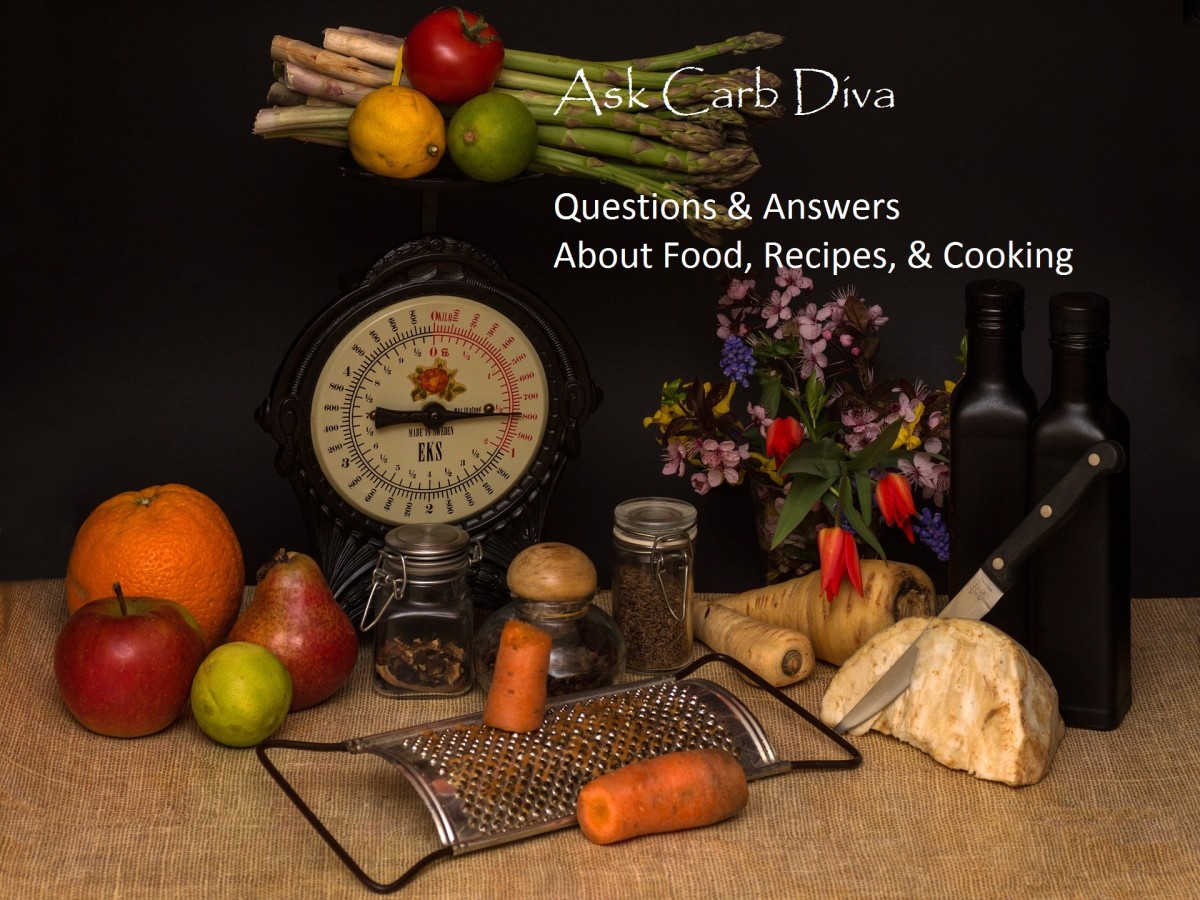
"You've Got Mail!"
A friend (who will remain anonymous) has thrown down the gauntlet. He's named me the "Queen of Cuisine," but in the next breath he called me "Smarty Pants." (I'll take that as a compliment).
Here are the questions from Mr. NoName.
Is T-Fal (Non-Stick) Cookware Safe?
I have a frying pan made by TE-FAL it is a thermo spot. You really do not need to add oil or butter. Are they safe or are they yuk like Teflon?
This question took a bit of research. What I have learned from the manufacturer is this:
- All non-stick coatings contain PTFE, (polytetrafluoroethylene), a plastic polymer. It is a slippery ingredient, made up of molecules of tetra fluoro ethylene that only contain carbon and fluorine.
- Despite what you may have read on the internet, this non-stick coating is not attacked by acid or alkaline bases and remains stable on cooking. (Yes, you heard it here first. Not everything on the internet is true. Shocking, isn't it?)
- European and American health authorities have approved the use of PTFE non-stick coatings for kitchenware. In fact, it is a substance that does not produce any chemical reaction when it comes into contact with food, water or cleaning products.
- In the event of absorption, it is completely harmless for the body. It passes through the body without being absorbed, like any other fiber.
- The non-stick coating is so safe (from a health point of view) that it is often used by the medical profession to coat pacemakers and tiny tubes replacing arteries.
In May of this year, the Food and Drug Administration issued a statement reaffirming its position that products with nonstick coatings are safe for the American public to use when used as intended.
However, there are certain precautions you can take when using nonstick cookware and bakeware:
- Do not overheat the cookware and bakeware. Teflon and other coatings can begin to break down when the temperature reaches 500˚F, and the Environmental Working Group has reported that potentially carcinogenic fumes are released when pans are overheated.
- To avoid overheating, do not preheat an empty pan, and use low or medium heat for cooking.
- Don't leave dry or empty cookware on a hot burner or in a hot oven.
- Use wooden, silicone and plastic utensils on the pan to avoid scratching or chipping the finish.
- Discard immediately pans that are damaged.
- Don't store nonstick cookware stacked, or if you do stack it, layer paper towels or a soft cloth between each pot or pan.
By the way, I have noticed that the staff of America's Test Kitchen use T-Fal hot spot cookware and I know that they conduct very intense, thorough product-testing.
Cooking Perfectly Crisp Hash Browns
I love to make hash browns. Grate the potatoes and then do some rinsing and then set overnight. Then rinse some more and griddle. I must be forgetting something as they are not coming out crispy. Maybe tons of butter?

I LOVE potatoes. I could (but shouldn't, won't, and don't) eat them every day. And boy do I love crispy hash browns; they are my primary reason for loving being away from home. Breakfast out means I can have golden fried potatoes. (Don't ask how much of a funk I was in the day we had our free continental breakfast and there were no potatoes!).
I know that the best potatoes for frying are russets (also called Idaho potatoes). And, as you said, rinsing off the starch is also important. I could go on for 5 or 6 more paragraphs and write about making hash browns, or I could find the expert video for you...and that's just what I did.
(By the way, your comment about "more butter" immediately brought to mind Julia Child, the doyenne of the cuisine who has famously been quoted to exclaim "more butter" many times while filming her PBS cooking show "The French Chef.")
A Good Recipe for Gazpacho
I have been needing a "fix" of Gazpacho. Do you have a good recipe? Mom made it so well, but none of siblings grabbed the recipe.

Gazpacho (for those who aren't familiar with the name) is a Spanish tomato-based chilled soup. You might even go so far as to call it a "liquid salad." It's a wonderfully flavorful, spicy, and refreshing appetizer or main course full of tomatoes, peppers, and fresh cucumber.
I had thought of writing an entire article about gazpacho during the summer, but the season went by much too quickly. So I'll share a favorite recipe with you now, and promise to keep working on that hub.
Do any of you remember "Take Home Chef," the popular Food Network cooking show which introduced us to that handsome Australian chef Curtis Stone? This is his recipe; note that it takes a bit of pre-planning as the ingredients should chill at least 12 hours. It's worth it!
Using All-Purpose Flour in the Bread Machine
When I came to Brazil I brought my breadmaker with me. It is still going strong even after 10 years. In my region, I can't get bread flour without a lot of hassle so I just use a name brand white flour and the bread comes out great. My instruction manual said, under no circumstance should you use 'plain flour' that's the UK equivalent of all purpose. However, I know that country to country flour is different.

Mary, if you are happy with the bread that your bread machine produces, by all means, don't change a thing. As you said, the quality of flour can vary from region to region, and I'm guessing that the all-purpose (plain) flour that you are able to purchase in Brazil has a higher percentage of gluten. That's good if you're baking bread.
Here's a table that displays the average percentage of gluten in the three basic types of flour. And, in case you missed it, last week I discussed flour quite a bit. The link to that article is here.
Type of Flour
| Amount of Gluten
|
|---|---|
Bread Flour
| 13-14 percent
|
All-Purpose Flour
| 12 percent
|
Cake Flour
| 7.5 to 9 percent
|
Making Saucy Pork Chops
Do you have any suggestions what type of sauce I could serve with pork chops? If I have potatoes or rice, my husband prefers to have a sauce or gravy over it.
Mary, it's unfortunate that canned soups (cream of mushroom, cream of chicken, etc.) are not available where you live. They can help make a "smothered pork chop" recipe that is quick and easy. Also, I know that you are an experienced cook, but because this is an instructional article for all skill levels, I’m going to describe in detail the steps to follow to make a great pan sauce. Here are the four keys—
- sauté
- deglaze
- reduce
- enhance
It All Starts with the (Sauté) Pan
As you know, non-stick pans certainly make cleanup a breeze, but they aren’t always your best friend when you are cooking. I love my cast iron pan, but I don’t use it when I know I’ll be making a pan sauce—the iron is “reactive” with high-acid foods (such as tomatoes or wine). My pan of choice is my heavy-bottomed sauté pan. Caphalon produces a line of non-stick non-reactive pans. All Clad and Viking are also good. If you don’t have or can’t afford any of those a stainless steel pan is always a good choice.
Make sure you don’t crowd the pan. Your pieces of meat should be at least one-half inch apart. Any closer and they will steam rather than brown.
I’m Fond of Fond
After you’ve cooked your meat, you should find some little bits of caramelized protein in the bottom of the pan. This is what professional cooks call “fond”, which is French for “base” or “foundation” and it IS the foundation for a good sauce.
So, what to do with those little “stuck” bits? Your next step will be to add a small amount of liquid (wine, juice, broth, or even just water), turn the heat to medium-high, and start scraping with a wooden spoon. Add just enough liquid to cover the bottom of the pan. Those little, stuck bits will dissolve into the added liquid. This is deglazing.
Then Reduce
I’m not referring to going on a diet. You will want to allow the deglazing liquid to simmer until there is about one tablespoon left in the pan. Yes, this will take a few minutes.
At this point, you might opt to add a few extra ingredients (fresh herbs, shallots, garlic, or mushrooms are just a few of the possibilities).
Next, add the stock (about a cup) and allow that to reduce a bit over medium heat—until the consistency is slightly syrupy. The best way to test this is to use a metal spoon. Yes, I know we’ve been using a wooden spoon (because wooden spoons won’t scratch the surface of your pan). But now grab a metal spoon, scoop up some of the sauce, and turn the spoon over so that you are looking at the back side (rather than the bowl) of the spoon. Using your impeccably clean index finger, swipe the back of the spoon from top—near the handle—to tip. If the sauce has reduced enough a path will remain for a few seconds. If it immediately fills back in, you need to let the liquids reduce a bit more.
And Finally, Enhance
Here is where you can be creative, tailoring your additions to the flavor profile you’re trying to achieve (don’t worry; I’ll help you with this part). It could be as simple as swirling in a pat (or two) of butter; or adding a bit of cream, a dab of gourmet mustard, or perhaps a spoonful of chutney.
Now that you know the basic steps, let’s look at a few (specific) recipes. Each of these will be enough for 4 servings.
Garlic Mustard Sauce
Ingredients
- 1/2 cup beef broth
- 1 very large shallot (or 2 regular), diced
- 1 cup chicken broth
- 1/2 cup heavy whipping cream
- 2 tablespoons Dijon mustard (or spicy brown mustard)
- 1 tablespoon fresh minced tarragon
Instructions
- Add beef broth and shallots to pan. Deglaze pan.
- Stir in the chicken broth. Bring to a boil and then simmer for 3 minutes.
- Stir in the cream and mustard. Simmer for 5-6 minutes, until the sauce has reduced and thickened some. Remove from heat and stir in the tarragon.
Pork Chops with Apple Cider Pan Sauce

Serious Eats has a slightly different approach to making a pan sauce, and it's more than slightly delicious.
Thyme-Red Wine, Mushroom-Cream, and Lemon-Caper Pan Sauces
And the blog Food52 has three more ideas for creating pan sauces. Although they suggest using these with chicken, I'm sure that they would work equally well with pork chops.
Another Week

Well, that's it for another week. Keep those cards and letters coming in. And, in a shamelessly self-promotional way, I'll ask that you look at my profile page where I have information on how to obtain a copy of my book on food history (with over 40 original recipes).
© 2017 Linda Lum


